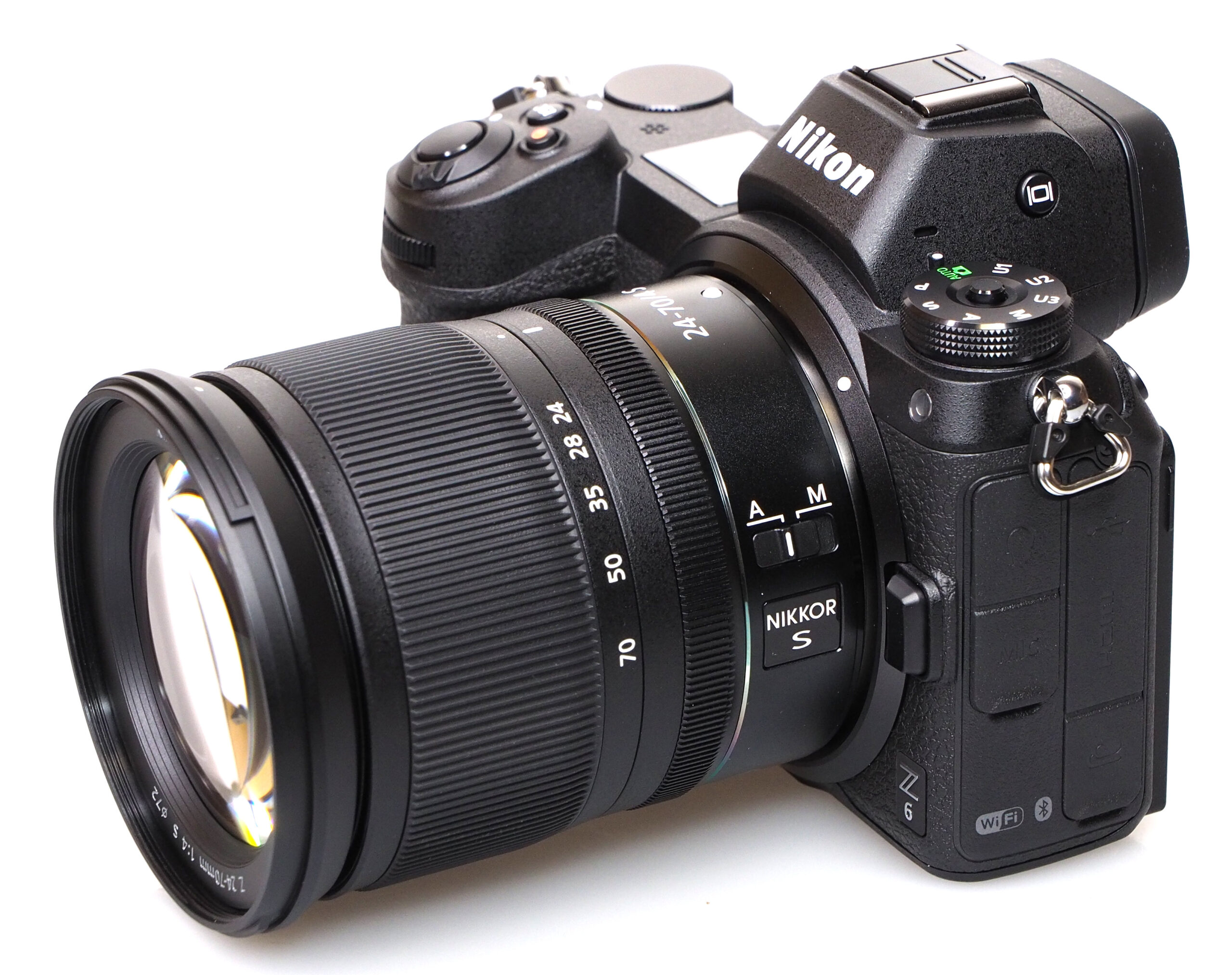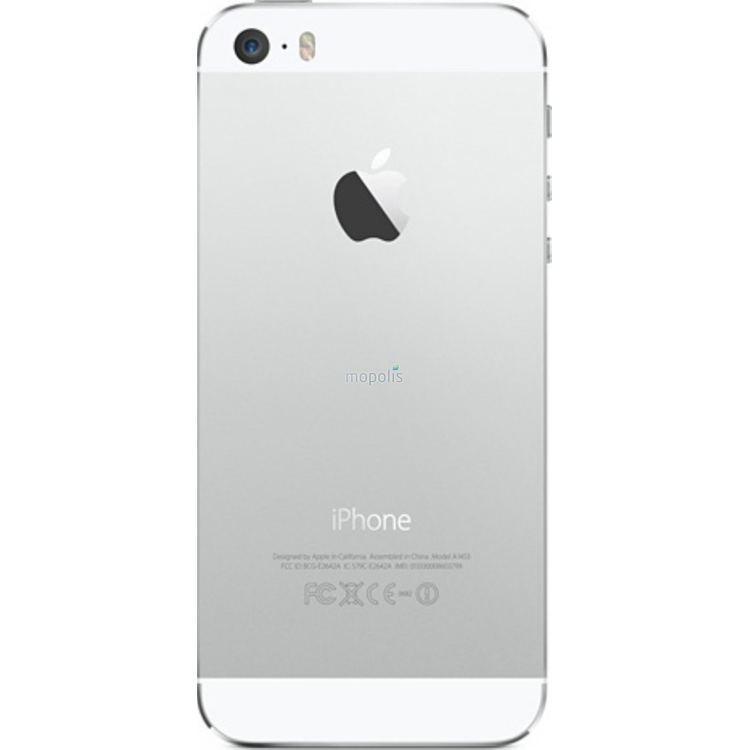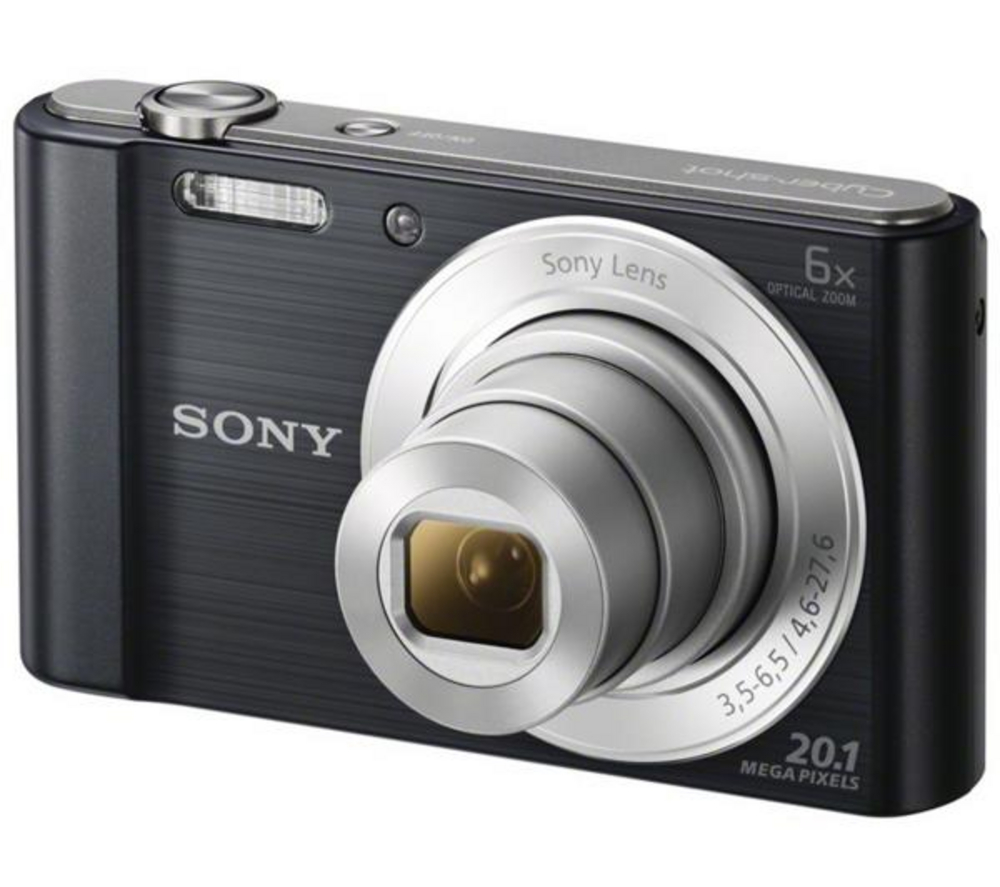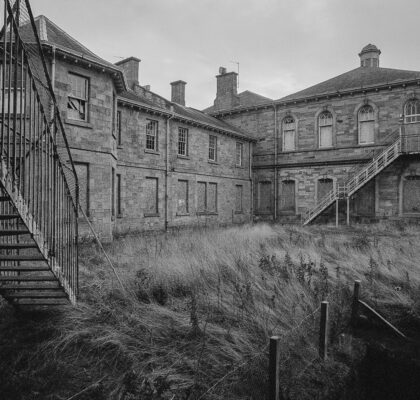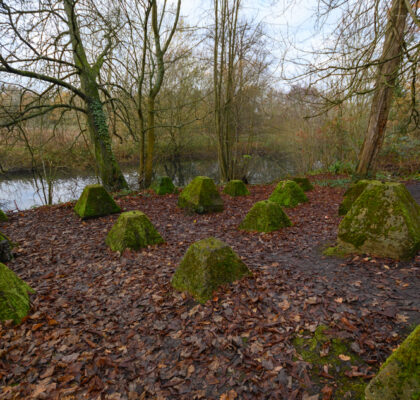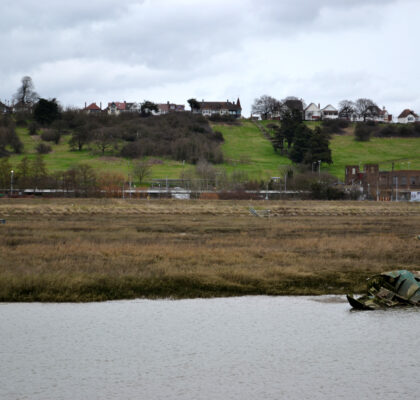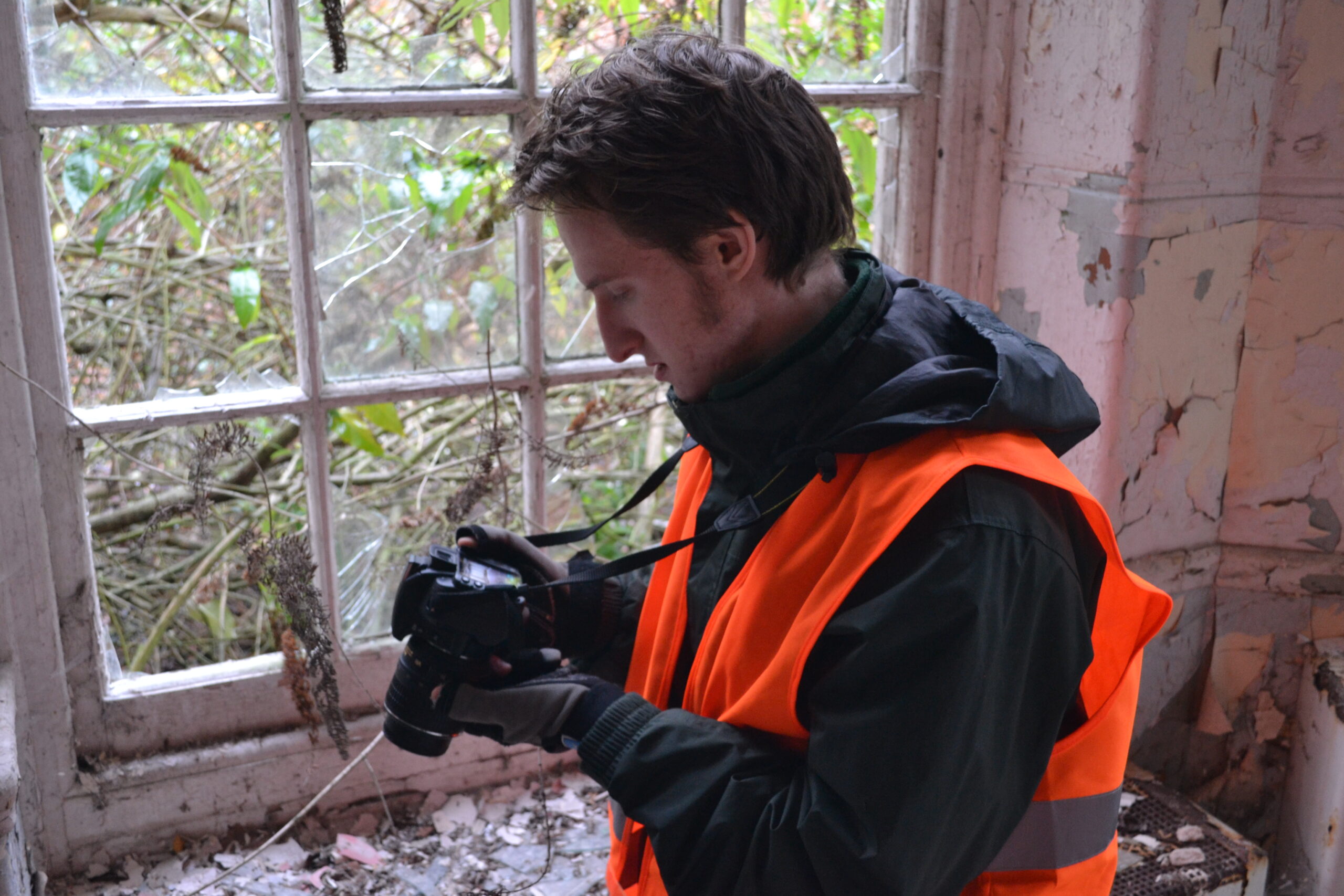
Photography is of course a key part of what we do at Beyond the Point. Without cameras, we wouldn’t be able to capture images of the historic places we visit so that we can share them with you online and keep a record of these places for the people of the future to marvel at. If cameras had been more advanced a century ago, our own job would be a lot easier and exciting. We could all see what places used to look like many years ago without spending years of trawling through archives. Fortunately the generations to come, will not have this problem thanks to the work of archivists like us.
To get started taking photographs and capturing the amazing places you’ve been, all you need to have is some form of camera. Its all about how you take the shot that will make or break it; not spending fortunes on high-end kit as a beginner, hoping this will instantly give you a great shot. Having said that, we recommend you use a DSLR camera (digital with changeable lense) as these give good quality and flexibility from the get go.
You will also want to invest in an SD card – cheap digital storage that can be used to transfer you photographs from camera to computer. DSLR cameras often come with a standard lense but this doesn’t often zoom very far nor pull out very wide – nonetheless a versatile starting point. You can purchase lenses and adapters that will enable you to zoom in or out dramatically or use effects such a fish-eye as you become more advanced. Zoom is useful for things such as wildlife, and wide angle lenses are useful for capturing landscapes and buildings.
You can begin using a DLSR camera on ‘Auto’ mode or ‘No Flash’ as these have preset settings that adapt to your environment. You can then look into using ‘Manual’ settings, chosen by yourself, which can give some really fancy and creative results.
BTP’s Top Photography Tips:
Composition is key. Only very few shots should have the main subject matter smack bang in the centre, as this makes shots boring without anywhere for the eye to wander. Try to place objects in your viewfinder within ‘the Rule of Thirds‘ shown right. Imagine a 6-part grid splitting your shot into roughly three strips going in both directions. This makes a shot appear better on the eye than if it was cut by a line directly down the center.
Remember that having the flash turned on will not make a shot look good. Think of greasy kebab shop menus! Only use the flash if it is too dark to photograph anything and you cannot get a photo using a long exposure because you are without a tripod.
Use a tripod when possible, especially for darker places.
Rest the camera on as many parts of your body or your surroundings as possible. Use the viewfinder to give stability against your face.
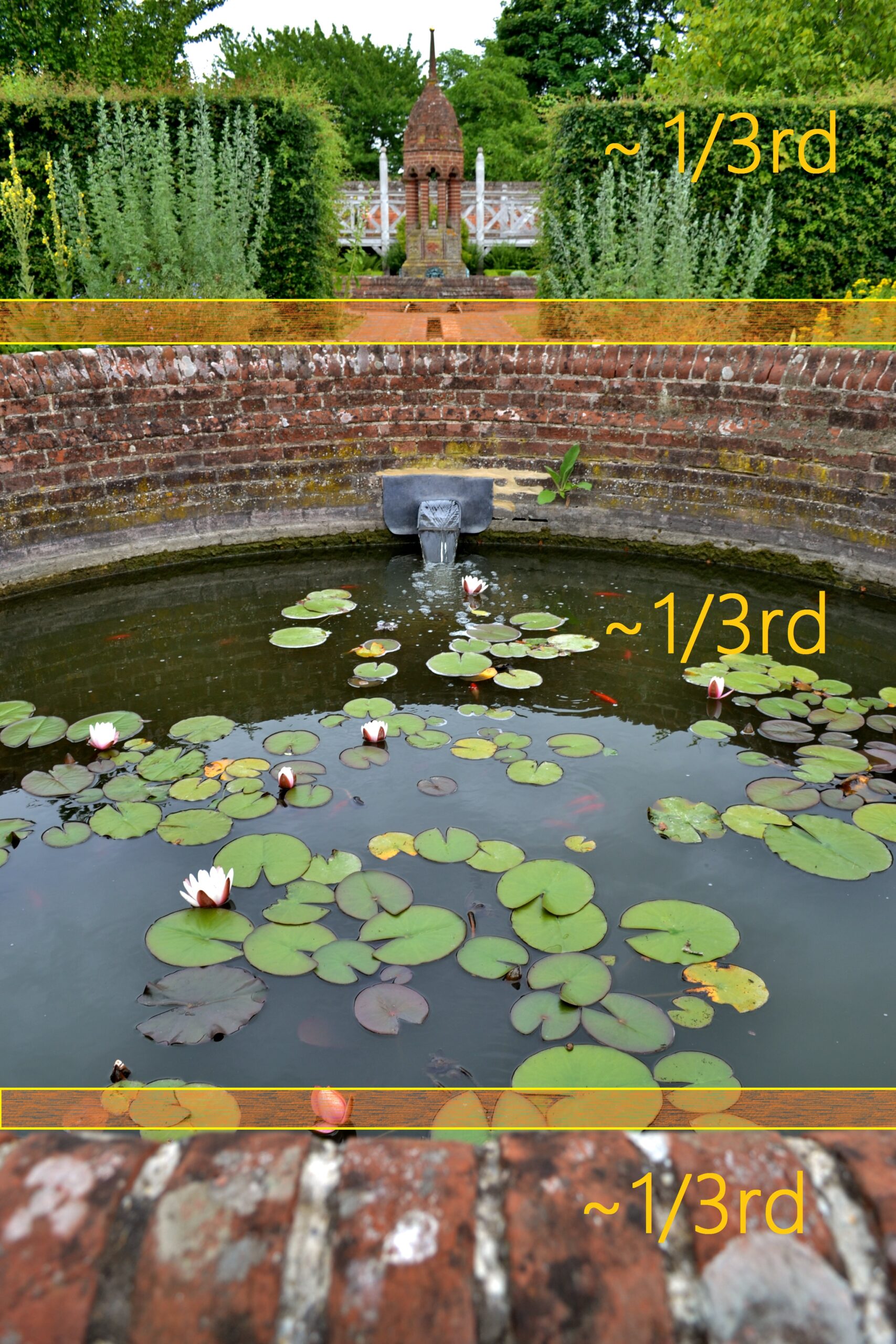
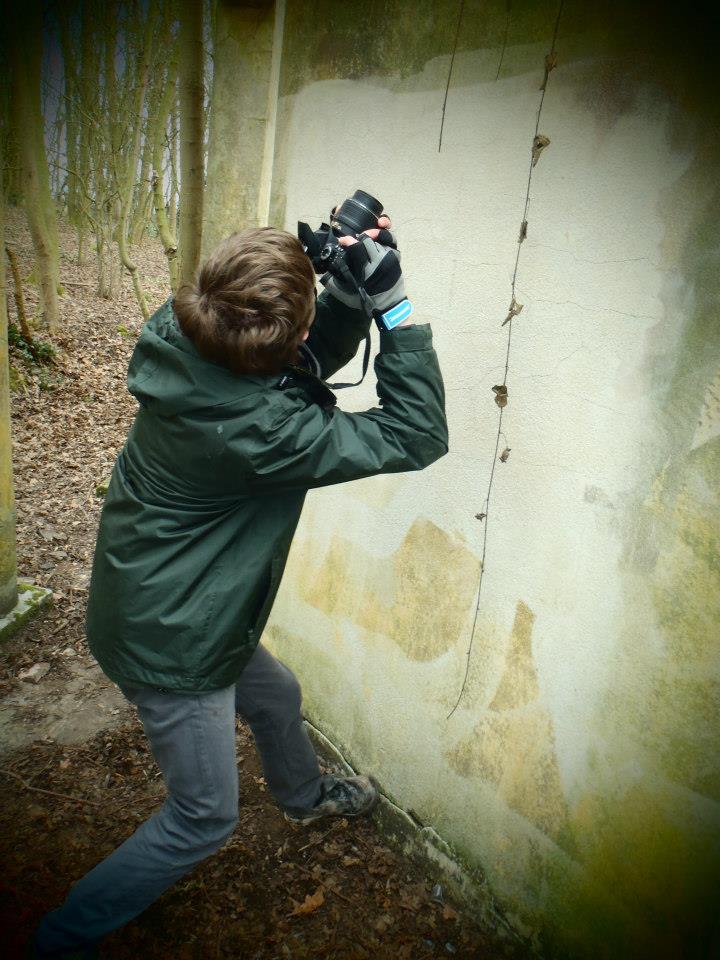
What Camera Should I Get?
Low End – Compact & Phone Cameras
If you simply want to capture a day out or a place you visited, you may not want to invest in a purpose-built photographers camera. A compact camera can be picked up from Argos from £30-£100 that will take some respectable photographs although may not allow for some of the creative techniques a DSLR could perform.
Even less versatile may be a camera you already have – on your mobile phone. It may sound silly but it is not to be overlooked as some are now as good as using a compact camera. Some phones however have considerably bad cameras. Newer models will often have better cameras inbuilt, and before changing phone it is worth looking to see which ones on the market have decent cameras. Always remember that taking photos and practising on anything is far more important than shelling out for the top kit without sufficient experience. Furthermore, the bulk of a full size DSLR may not be preferable on many types of adventure.
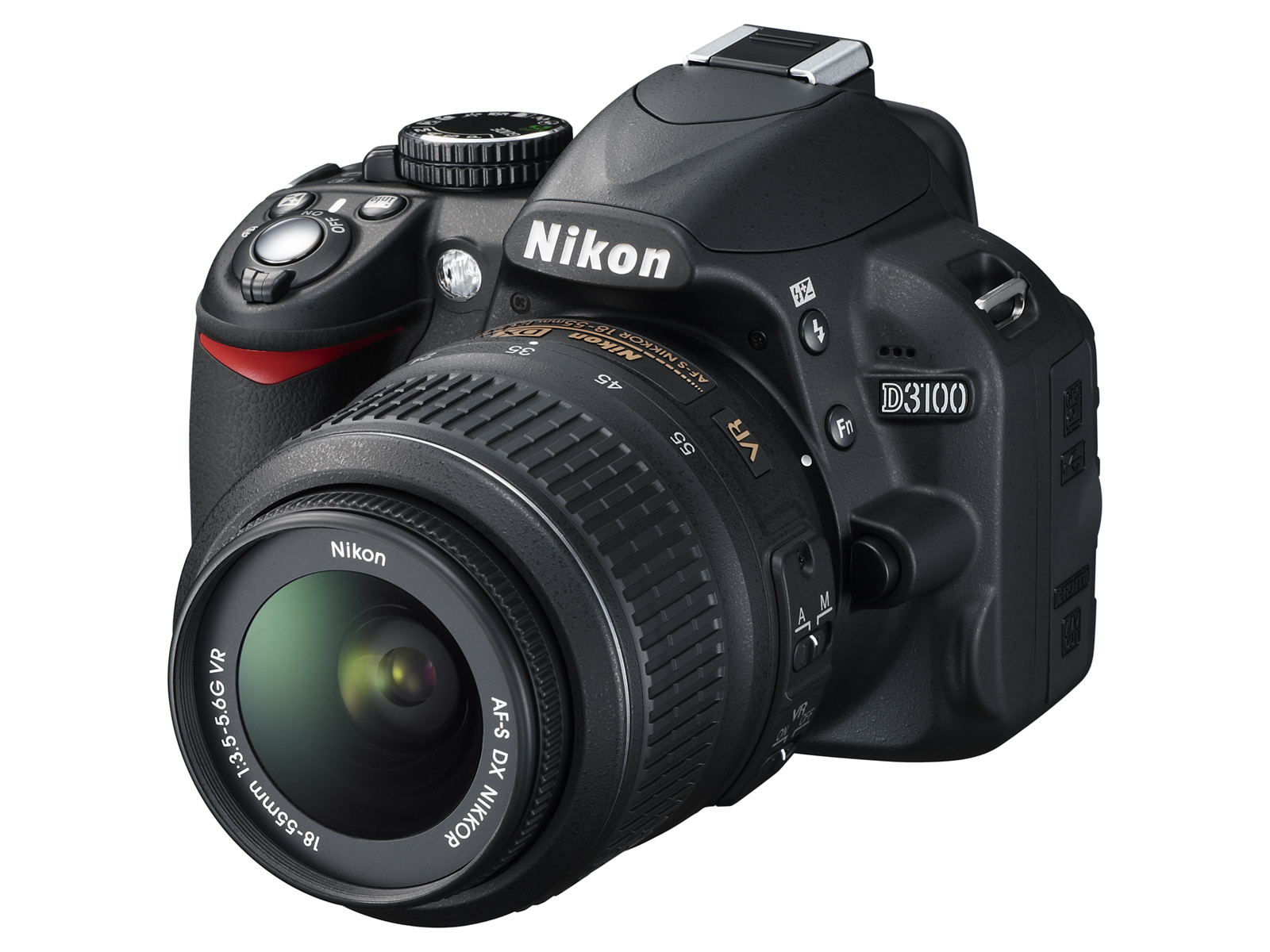
High End – Full-Frame DSLRs & Mirrorless
If you are adept at using DSLR cameras, possibly on a professional level, or as a fully-fledged hobby, you may want to then consider buying a pro DSLR. Full-frame standard DSLRs provide higher image resolution, whilst mirrorless cameras are also capable of this yet use electronic sensors to provide a live view of how the final image will look – good for night photography. These are by no means cheap, but are highly versatile and sometimes come with several different capture buttons and grips around the side of the camera to take photos comfortably from all different positions – ideal for shooting animated subjects or for journalism.
There are a multitude of different camera types within the higher price range. We have a Lumix GH4 at our disposable at BTP, but we find this better suited to video work. This is a type of mirrorless camera – often similar to a DSLR but it has a screen in the viewfinder rather than an actual sight which shows a reflection of what is infront of the camera. The latter is kind of like looking through a pair of binoculars to show you exactly what you are pointing at, but a screen on a mirrorless camera can show you how light or dark the photo will appear before you have taken it, along with other adjustments.
You may want to read elsewhere for more information on the mentioned cameras – from the experts.
Recommended – Entry-Level DSLR
At BTP HQ we have not one but two Nikon D3100s, and most of the images on this site were taken with one. These are Nikon’s entry-level DSLRs designed for beginners to serious photography, with the newest updated D3500 model offering further advantages. Affordable, yet capable of all the creative shots you could desire at a professional level. Of course, tripods or remote timers may be on your shopping list as you decide to accessorize your camera for certain shot types, but they take great images straight out of the packaging. You can point and shoot using the ‘Auto’ mode but as you progress in your knowledge, you can start setting the camera up manually or attach new lenses and more. They are also very sturdy to hold up against the great outdoors.
There are plenty of other models of DSLR you can use, some expensive, some affordable like the Nikon D3-00 Series. Canon is another popular make of DSLRs and these do a similar job but have more of a refined delicate feel – a matter of personal preference. Alternatively, you could buy a bridge camera which combines the quality of a DSLR camera with the ease of a compact, but bear n mind you cannot change the lenses on these.
